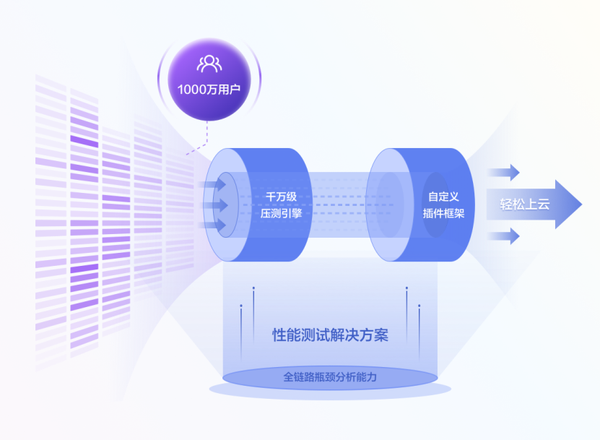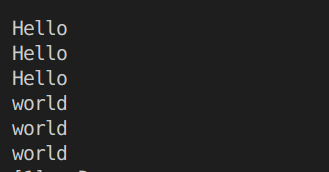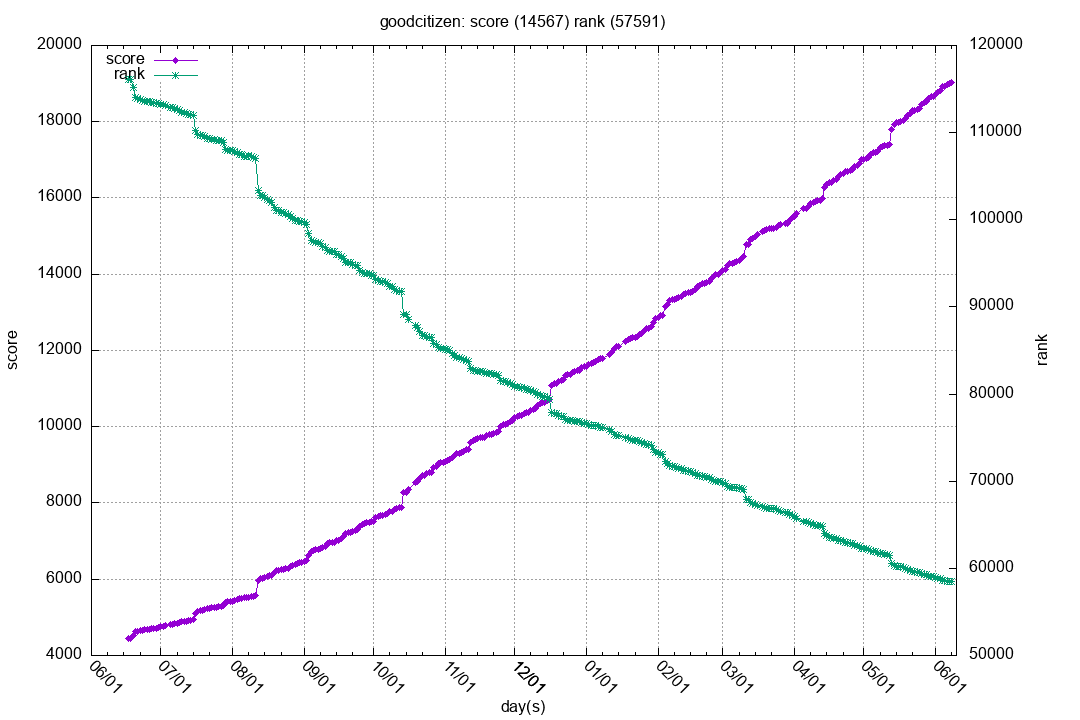微信小程序中的组件化开发可以使用 template 和 Component 两种方式来实现。
template 模板实现组件
template 模板是一种很简单的组件化方式,通常用于展示静态的内容。可以将页面中的某一段代码封装为一个 template 模板,再在需要使用的地方引入该模板即可。
下面以一个简单的自定义头部组件为例,先在 index.json 中定义好头部组件:
{ "usingComponents": { "custom-header": "/components/header/header" } }
然后在 components 文件夹下创建 header 文件夹,并在该文件夹下创建 header.wxml 和 header.wxss 两个文件,分别用于编写组件的模板和样式,例如:
header.wxml:
<view class="header"> <image class="logo" src="../images/logo.png"></image> <text class="title">{{title}}</text> </view>
header.wxss:
.header { display: flex; align-items: center; justify-content: center; height: 60rpx; background-color: #FFFFFF; border-bottom: 1rpx solid #E6E6E6; } .logo { width: 40rpx; height: 40rpx; } .title { font-size: 28rpx; margin-left: 20rpx; }
在 header.js 中定义组件的属性:
Component({ /** * 组件的属性列表 */ properties: { title: { // 页面标题 type: String, value: '默认标题' } }, })
最后在需要使用头部组件的页面中使用 <custom-header> 标签引用该模板文件,并传入需要显示的标题:
<custom-header title="首页"></custom-header>
Component 构造器实现组件
Component 构造器是一种更灵活、更复杂的组件化方式,可以自定义组件的行为、事件等。下面以一个自定义列表组件为例,介绍如何使用 Component 构造器来实现组件化开发。
首先在 components 文件夹下创建 list 文件夹,并在该文件夹下创建 list.wxml 和 list.wxss 两个文件,分别用于编写组件的模板和样式,例如:
list.wxml:
<scroll-view class="list" scroll-y="true" bindscrolltolower="_loadMore"> <slot name="item"></slot> </scroll-view>
list.wxss:
.list { width: 100%; height: 100%; } .list::after { content: ""; display: block; padding-bottom: 20rpx; /* 预留底部距离 */ }
在 list.js 中定义组件,并实现相应的逻辑:
Component({ options: { multipleSlots: true // 启用多插槽支持 }, /** * 组件的属性列表 */ properties: { hasMore: { // 是否还有更多数据 type: Boolean, value: true } }, /** * 组件的初始数据 */ data: {}, /** * 组件的方法列表 */ methods: { _loadMore() { // 加载更多数据 if (this.data.hasMore) { this.triggerEvent('loadmore') } } } })
在需要使用列表组件的页面中使用 <list> 标签引用该组件,并在插槽中插入需要展示的数据项:
<list has-more="{{hasMore}}" bind:loadmore="_loadMore"> <block wx:for="{{list}}" wx:key="index"> <slot name="item"> <view class="item">{{item.name}}</view> </slot> </block> </list>
在以上代码中,list 是一个数组,用于存储需要展示的数据。在组件的模板中使用 wx:for 遍历数据,并通过插槽传入 item 数据。
总而言之,这就是微信小程序代码组件化开发的基本流程。对于具体实现,可以根据项目需求和技术水平选择适合自己的方式进行组件化开发。

























